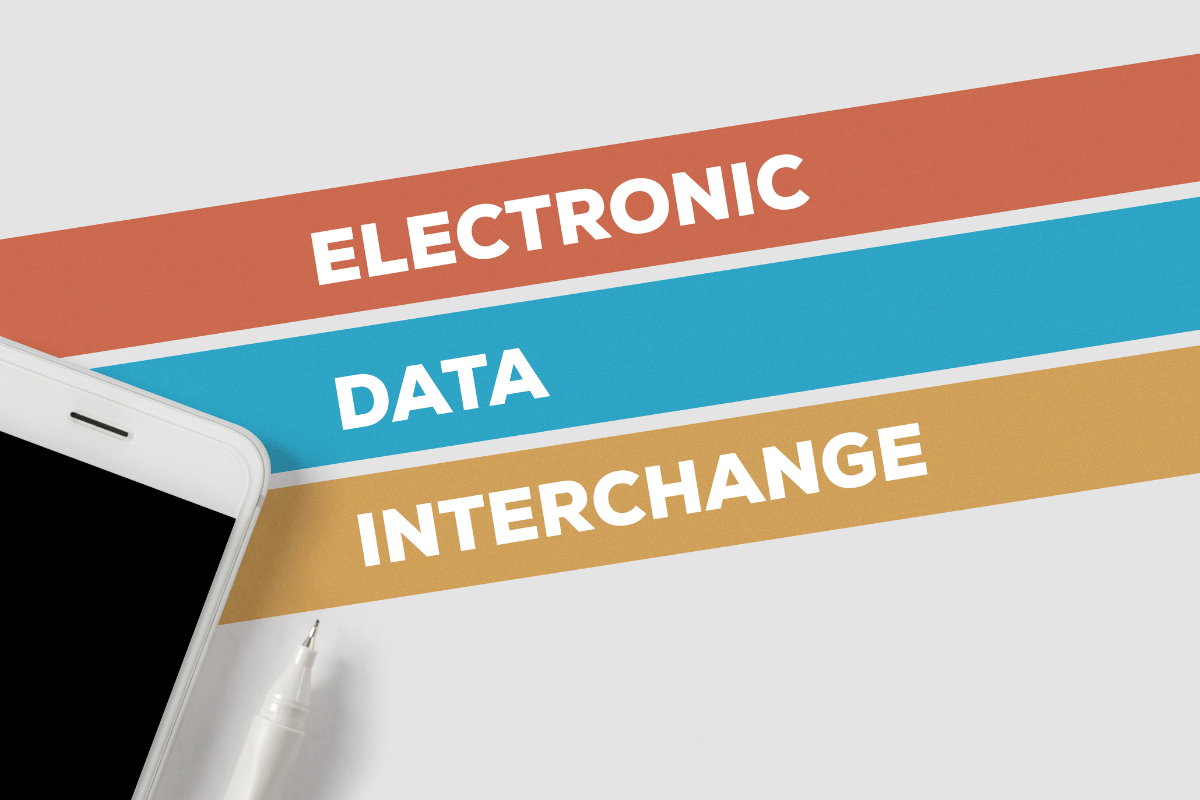Future-Proof Your Operations: The EDI Revolution You Can’t-Miss
The business world is always changing. New technologies always appear, and it’s important to keep up. If you don’t, your company could fall behind. One big change that’s happening now is the way businesses share information. It’s called Electronic Data Interchange, or EDI.
EDI is like a super-fast digital messenger. It lets different computer systems, even in different companies, talk to each other. This makes sending orders, invoices, and shipping information much faster and easier. So, if you’re not using EDI yet, you could be missing out.
This blog will explore what EDI is, why it matters, and how it can transform the way companies operate for the better. Let’s get started!
EDI and Its Impact
Electronic Data Interchange, or EDI, is a system that lets companies send and receive important information using a standardized format. It means businesses can exchange documents like invoices, purchase orders, and shipping notices electronically, which speeds up transactions and reduces errors compared to paper-based processes.
Current Impact of EDI
Today, EDI is used across many industries to make operations more efficient. For example, EDI helps stores get products faster by speeding up orders and deliveries in retail. Manufacturing allows for smoother supply chains and quicker responses to market demands.
EDI streamlines the sharing of patient information and medical records between healthcare institutions. Its widespread use helps businesses of all sizes save time and money, making them more competitive and responsive.
Getting Started with EDI
Getting started with EDI (Electronic Data Interchange) can significantly streamline your business operations, making your processes faster, more accurate, and cost-effective. But before that, you need to select the right EDI service provider.
So, what are all the things you should consider? First, look for an EDI services provider that will manage the transition from setup to full production swiftly, often within a few days, ensuring minimal disruption to your operations. Also, your provider should help you understand and implement the correct EDI standards that align with your industry and the needs of your trading partners.
Once you have selected the provider, work with them to integrate EDI with your existing business systems, such as ERP or accounting software. These providers often assist with full system integration, ensuring a smooth transition to EDI.
The Benefits of Implementing EDI
Implementing Electronic Data Interchange (EDI) in a business can significantly improve its operations. Here, we’ll look at three major benefits: better speed and accuracy, reduced costs, and enhanced compliance and security.
Speed and Accuracy
EDI technology allows businesses to exchange data electronically in a standard format. This means that information like orders, invoices, and shipping notices can be sent instantly from one computer system to another. This quick transfer helps businesses respond faster to customer needs and market changes.
Also, because EDI reduces the need for manual data entry, it cuts down on the errors that can happen when people have to type information into systems. Fewer errors mean less time spent fixing problems, leading to more reliable business operations.
Cost Reduction
By using EDI, companies can save a lot of money. First, it cuts the costs of paper supplies, postage, and storage for handling physical documents. But the savings go beyond just materials. EDI also reduces the need for staff to manage paperwork and correct mistakes.
For example, when orders and invoices move faster and with fewer errors, a company can process more transactions without adding more staff. This automation makes the business more efficient and reduces overall operating costs.
Compliance and Security
EDI also helps companies meet important legal and security standards. Many industries have strict rules about how data must be handled. EDI systems are designed to follow these rules, which can help businesses avoid legal problems.
Additionally, EDI offers high levels of security for data transfers. It uses special protocols that ensure information is only accessible to authorized users and is transmitted securely. This protects sensitive information from being intercepted or tampered with during transmission.
Future Trends in EDI
As technology evolves, so does the way businesses exchange information. Some of the biggest tech advancements affecting Electronic Data Interchange (EDI) include:
- Artificial Intelligence (AI) – AI can greatly improve EDI systems by automating complex processes. For example, AI can help check the data for errors before it’s sent over to an EDI system. This reduces mistakes and saves time. AI can also predict when orders need to be made based on past data, helping businesses stay stocked without extra effort.
- Blockchain – Blockchain technology offers new security and transparency for EDI transactions. Using blockchain allows each transaction to be recorded so that it can’t be changed, which helps prevent fraud. This technology makes tracking where information has gone and who has seen it easier, ensuring that sensitive data is protected.
Final Words
As businesses continue to evolve, embracing technologies like EDI is crucial. This technology means you can handle data faster and more securely than ever. So, consider what EDI can do for you today to ensure success tomorrow.






